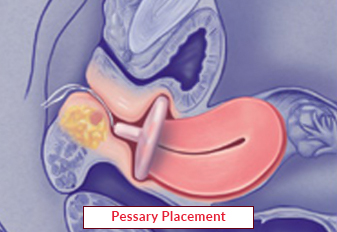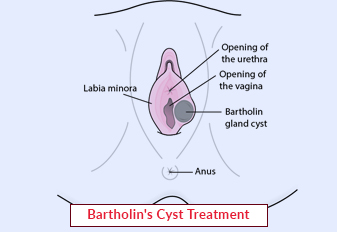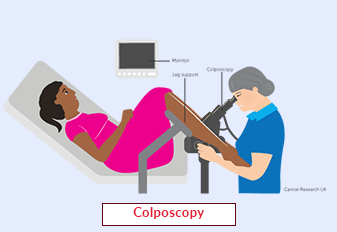Pessary Placement

Pessary placement is a non-surgical procedure used to manage certain pelvic floor disorders, such as pelvic organ prolapse and urinary incontinence. It involves the insertion of a medical device called a pessary into the vagina to provide support and alleviate symptoms. This article provides an overview of pessary placement, its purpose, and the procedure involved.
Pessary placement is a conservative treatment option that aims to provide support to the pelvic organs and improve symptoms associated with pelvic floor disorders. A pessary is a removable device typically made of medical-grade silicone or plastic. It is shaped like a ring, cube, or donut and is inserted into the vagina to support the prolapsed organs or address urinary incontinence.
Book an AppointmentAbout Pessary Placement
Various types of pessaries are available to accommodate different anatomical variations and conditions. Common types include:
- Ring pessaries: These are circular-shaped pessaries that provide support by encircling the cervix.
-
Gellhorn pessaries: These are pessaries with a more solid, knob-like shape, suitable for women with significant uterine prolapse or cystocele.
-
Cube pessaries: These pessaries have a cube-like shape and are used for managing uterine prolapse or stress urinary incontinence.
-
Donut pessaries: These pessaries have a ring with a central opening, suitable for women with a rectocele or enterocele.
The choice of pessary depends on individual circumstances, anatomical considerations, and the specific condition being addressed. A healthcare provider will determine the most appropriate type of pessary for each individual.
Procedure of Pessary Placement
The procedure for pessary placement typically involves the following steps:
-
Evaluation and assessment: A healthcare provider will perform a thorough evaluation, including a pelvic examination, to determine the type and size of the pessary suitable for the individual's condition.
-
Insertion: The pessary is inserted into the vagina using lubrication and proper positioning techniques. Some pessaries may require folding or compression before insertion.
-
Adjustment and fitting: The healthcare provider ensures that the pessary is properly positioned and fits comfortably within the vagina without causing discomfort or obstruction.
-
Instruction and education: Individuals receive instructions on how to clean and care for the pessary, as well as information on potential symptoms or complications to watch for.
-
Follow-up visits: Regular follow-up visits are scheduled to monitor the effectiveness of the pessary, address any concerns, and make adjustments if necessary.
Require Assistance?
Get A Quick Callback From Our Healthcare Experts






